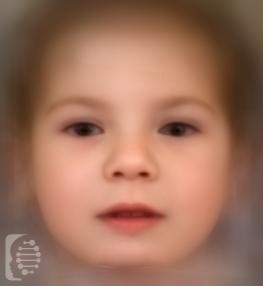What is Adams-Oliver syndrome?
Adams-Oliver syndrome is a rare genetic condition that affects the limbs and scalp of individuals affected, as well as their skin development.
Symptoms of the syndrome may vary widely between individuals, ranging from mild to severe. However, it is most commonly present at birth.
Its exact prevalence is currently unknown.
This syndrome is also known as:
Absence Defect Of Limbs, Scalp, And Skull; AOS; Aplasia Cutis Congenita With Terminal Transverse, Limb Defects, Congenital Scalp, Defects With Distal, Limb Reduction, Anomalies
What gene change causes Adams-Oliver syndrome?
Mutations in any of the following genes may cause the syndrome: ARHGAP31, DLL4, DOCK6, EOGT, NOTCH1, RBPJ.
However, there are cases in which none of these genes have been found responsible, suggesting that there are other genes responsible for causing the syndrome.
The condition is inherited in an autosomal dominant or autosomal recessive pattern depending on which gene causes the syndrome.
Autosomal recessive inheritance means an affected individual receives one copy of a mutated gene from each of their parents. Parents, who carry only one copy of the gene mutation will not generally show any symptoms but have a 25% chance of passing the copies of the gene mutations onto each of their children.
In the case of autosomal dominant inheritance just one parent is the carrier of the gene mutation, and they have a 50% chance of passing it onto each of their children. Syndromes inherited in an autosomal dominant inheritance are caused by just one copy of the gene mutation.
What are the main symptoms of Adams-Oliver syndrome?
Symptoms generally present at birth. One common symptom is aplasia cutis congenita- this is when localized areas of skin are missing from the top of the head or scalp.
Generally, the nails, fingers, and toes of affected individuals may be short and or fused together.
Another common symptom in infants is marmorata telangiectatica congenita, which is where a disorder relating to the blood vessels creates a reddish or purplish net like pattern on the skin.
High blood pressure in the blood vessel is one possible severe symptom of the syndrome.
Developmental delay and intellectual disability are symptoms for some individuals with the syndrome.
Possible clinical traits/features:
Supernumerary nipple, Phenotypic variability, Pulmonary artery stenosis, Ventricular septal defect, Tetralogy of Fallot, Calvarial skull defect, Pulmonic stenosis, Microcephaly, Small nail, Pulmonary arterial hypertension, Talipes equinovarus, Autosomal dominant inheritance, Polymicrogyria, Seizure, Pachygyria, Periventricular leukomalacia, Toe syndactyly, Autosomal recessive inheritance, Global developmental delay, Abnormality of the genitourinary system, Hypoplasia of the corpus callosum, Muscular hypotonia, Intellectual disability, Microphthalmia, Abnormality of the rib cage, Atrial septal defect, Aplasia cutis congenita over posterior parietal area, Aplasia cutis congenita on trunk or limbs, Alopecia, Cutis marmorata, Cortical dysplasia, Cleft upper lip, Cleft palate, Esotropia, Encephalocele, Brachydactyly, Ventriculomegaly.
How is it diagnosed?
To find out if someone has a diagnosis of Adams-Oliver syndrome, it is important to have a consultation and evaluation with a clinical genetic specialist. Specialists may also suggest specific genetic testing or other types of tests to help reach a diagnosis. FDNA’s AI technology can help speed up the diagnostic process by analyzing facial features and other health information.

